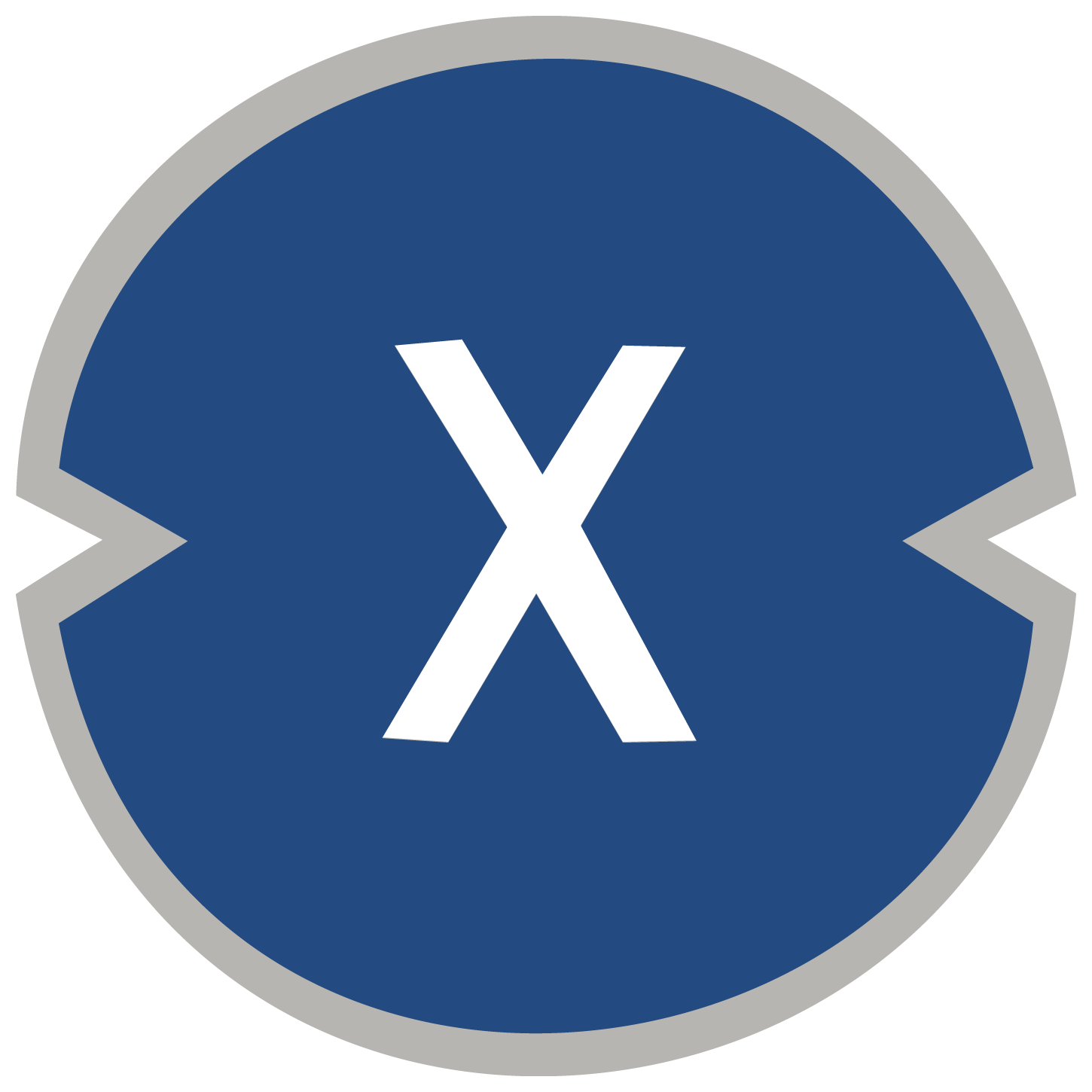Deep Dive
1. Regulated Exchange Framework
LCX is a Liechtenstein-based crypto exchange licensed under the country’s Blockchain Act, offering services like spot trading, staking, and institutional-grade custody. Its regulatory compliance – including MiCA (Markets in Crypto-Assets) approval in the EU – positions it as a trusted platform for users prioritizing legal certainty (LCX).
2. LCX Token Utility
The $LCX token is central to the ecosystem:
- Fee reduction: Cuts trading fees by 50% on the LCX Exchange.
- Tokenization fees: A 1% charge on asset tokenization via LCX’s end-to-end framework.
- Launchpad access: Required for participation in token sales.
With 949 million tokens (99.9% of max supply) already circulating and no vesting schedules, its value hinges on platform adoption (LCX).
3. Tokenization & Real-World Assets
LCX’s protocol standardizes compliant security token issuance across blockchains, targeting the $16T tokenization market by 2030. Partnerships like the Global Markets Alliance with OndoFinance aim to tokenize stocks, ETFs, and RWAs, with 1% of tokenized asset value flowing back into $LCX demand (Bitrue).
Conclusion
LCX combines regulatory rigor with utility-driven tokenomics, positioning itself as a bridge between traditional finance and blockchain. Its success hinges on scaling tokenized asset adoption – can its MiCA-compliant framework attract institutional players seeking compliant RWA solutions?





 Most Visited
Most Visited Community Sentiment
Community Sentiment Chain Ranking
Chain Ranking Bitcoin Dominance
Bitcoin Dominance Market Cycle Indicators
Market Cycle Indicators Relative Strength Index (RSI)
Relative Strength Index (RSI) Bitcoin Treasuries
Bitcoin Treasuries BNB Treasuries
BNB Treasuries Overall NFT Stats
Overall NFT Stats Upcoming Sales
Upcoming Sales Signals
Signals Trending
Trending New
New Gainers
Gainers Meme Explorer
Meme Explorer Top Traders
Top Traders Feeds
Feeds Lives
Lives Articles
Articles Research
Research